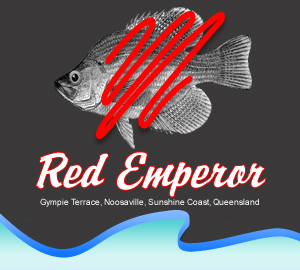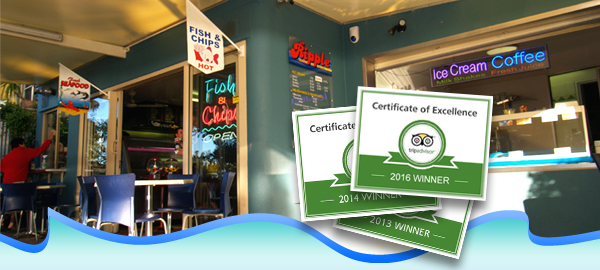Fish of the Queensland Coast
Whiting

Description
Sand Whiting are silvery white in colour, with plain yellowish sides. Dark blotches are present at the base of the pectoral fins. In terms of shape, they are fairly elongate and only slightly compressed. The snout is relatively long and conical. Sand Whiting feed on marine invertebrates, including crustaceans (yabbies, prawns and soldier crabs), worms and molluscs (pipis).
Habitat
The Sand Whiting inhabits a range along the east coast of Australia from Cape York, Queensland, southward along the coast and the Great Barrier Reef to eastern Victoria and the east coast of Tasmania down to Southport. The species also inhabits a number of islands; Lord Howe Island, New Caledonia, and Woodlark Island, Papua New Guinea. The species is most abundant in lower Queensland and New South Wales along the coast. The Sand Whiting is an inshore species, inhabiting exposed coastal areas such as beaches, sandbars and surf zones as well as quieter bays, estuaries and coastal lakes. Sand Whiting enter estuaries, including intermittently open ones, and penetrate far upstream to the tidal limits of rivers and creeks where juveniles and adolescent fish may be abundant.
Also Known As
Summer Whiting, Bluenosed Whiting











